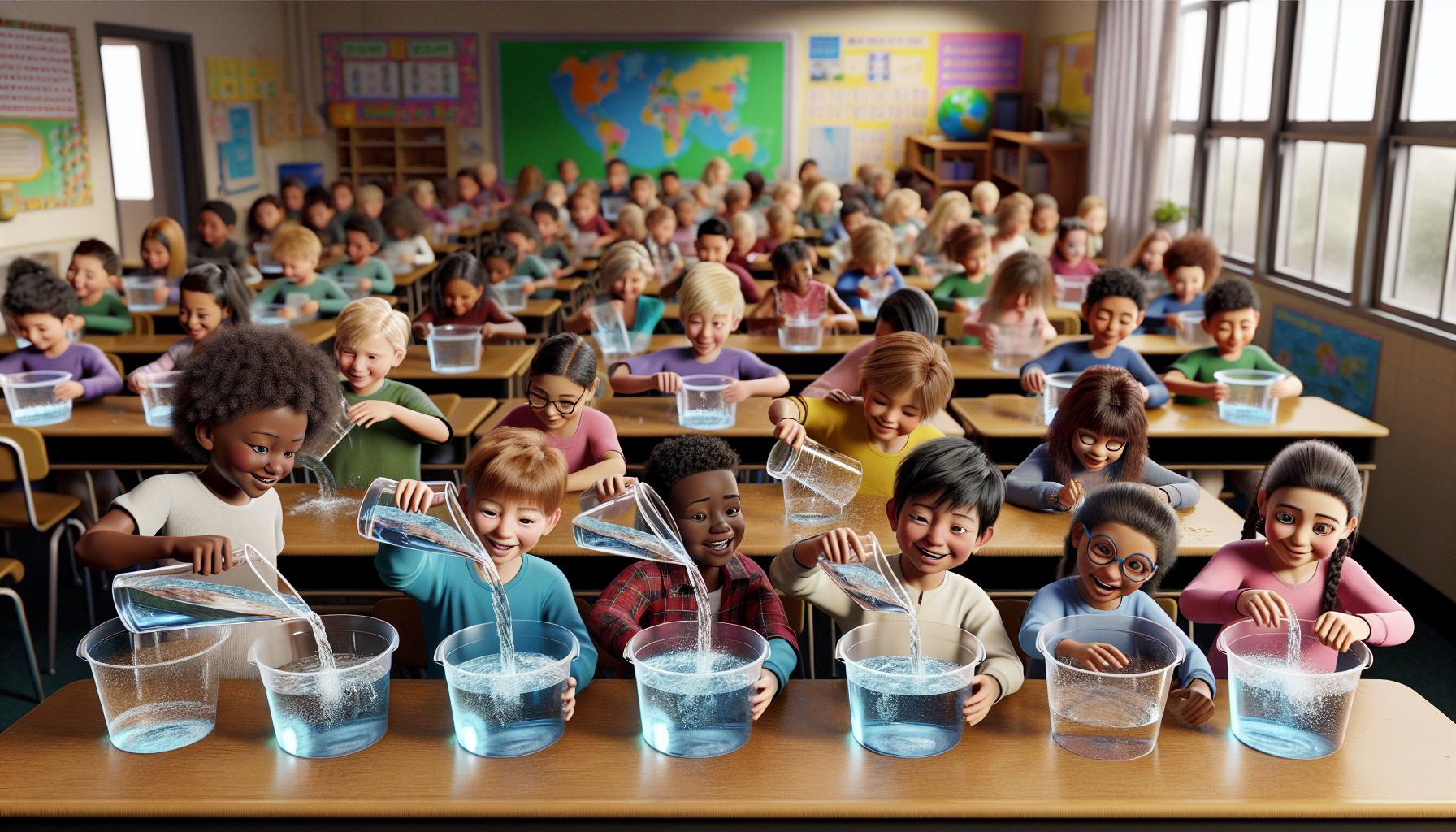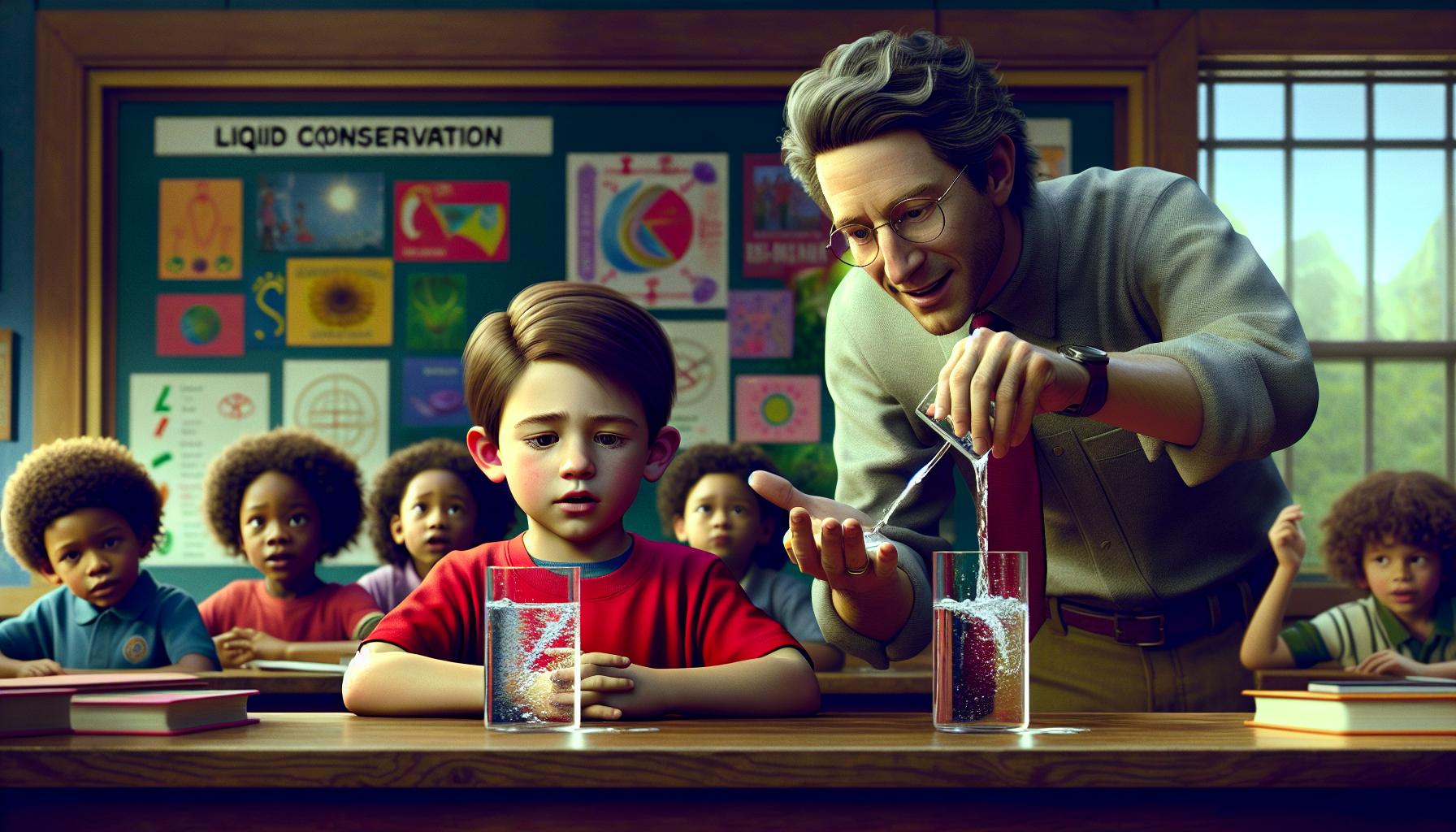As a parent or caregiver, I often wonder how to nurture my child’s growth while instilling values that will last a lifetime. One vital aspect of child development is the concept of conservation, which refers to a child’s understanding that certain properties remain constant despite changes in form or appearance. This principle is essential for cognitive development and helps kids grasp complex ideas about the world.
Fostering conservation skills can significantly impact a child’s ability to think critically and solve problems. By incorporating engaging activities and discussions into everyday life, I can support my child’s journey toward mastering this important concept. In this article, I’ll explore the significance of conservation in child development and share practical tips to help nurture these skills in young minds.
Key Takeaways
Definition of Conservation: Understand that conservation is the cognitive ability of children to recognize that properties like quantity and volume remain unchanged despite alterations in appearance.
Cognitive Development: Recognizing the importance of conservation skills in early childhood serves as a foundation for critical thinking, problem-solving, and future academic success in subjects like math and science.
Theoretical Foundations: Familiarize yourself with key theories by Piaget and Vygotsky, which emphasize hands-on experiences and the role of social interactions in mastering conservation concepts.
Practical Teaching Strategies: Implement engaging, hands-on activities such as water play, shape transformation, and measurement tasks to enhance children’s understanding of conservation through exploration.
Addressing Misconceptions: Be aware of common misconceptions children may have regarding conservation, and utilize targeted education to clarify these misunderstandings for effective learning.
Individual Learning Differences: Recognize and adapt to individual differences in children’s cognitive abilities and learning styles to create an inclusive environment that fosters mastery of conservation concepts.
Conservation in Child Development
Conservation signifies a child’s grasp of the idea that certain properties remain unchanged even when their appearance alters. Mastering conservation is vital for intellectual growth during early childhood.
Definition of Conservation
Conservation encompasses the understanding that quantity, volume, mass, and number retain consistency regardless of changes in shape or arrangement. For instance, when water is poured from a tall, narrow glass into a short, wide one, children who understand conservation recognize that the amount of water remains the same despite its different appearance. This cognitive skill typically develops between ages 5 and 7, marking a significant milestone in cognitive development.
Importance in Early Childhood
Conservation plays a critical role in early childhood as it aids in cognitive skills and logical thinking. By developing conservation abilities, children enhance their critical thinking, problem-solving skills, and capacity for abstract reasoning. These skills are foundational for further learning experiences, including mathematics and science. Fostering conservation also encourages children to ask questions and explore their surroundings, promoting curiosity and a thirst for knowledge.
Theories of Conservation

Understanding conservation in child development involves several foundational theories that explain how children grasp this important concept. Two prominent theories are those proposed by Jean Piaget and Lev Vygotsky.
Piaget’s Stages of Cognitive Development
Piaget identified four distinct stages of cognitive development, with conservation typically emerging during the concrete operational stage, which occurs between ages 7 and 11. In this stage, children begin to think logically about concrete events. They understand that quantity, volume, and number remain constant despite changes in appearance. For example, when liquid is poured from a short, wide glass into a tall, narrow one, a child who has mastered conservation recognizes that the amount of liquid remains unchanged. Piaget’s theory emphasizes hands-on experiences, suggesting that through interaction with objects, children develop a clearer understanding of conservation.
Vygotsky’s Socio-Cultural Approach
Vygotsky’s socio-cultural approach highlights the influence of social interactions and cultural context on a child’s learning process. He argued that cognitive development occurs through guided interactions with more knowledgeable peers or adults. This approach emphasizes language as a critical tool for facilitating understanding of conservation concepts. By engaging in dialogue about conservation tasks, children build their cognitive skills through collaborative learning. For instance, a child who participates in group activities involving measurement or volume can grasp conservation more effectively through shared experiences and explanations.
Practical Applications of Conservation

Incorporating conservation concepts into child development can enhance cognitive skills effectively. I believe that targeted teaching strategies and engaging activities can foster understanding in young learners.
Teaching Strategies for Educators
- Use Concrete Examples: Present visual aids, such as blocks or measuring cups, to demonstrate changes in volume or number. Children understand better with tangible experiences.
- Encourage Exploration: Allow children to manipulate objects freely, fostering a hands-on learning environment. This encourages inquiry and deepens their comprehension of conservation.
- Facilitate Discussions: Engage students in conversations about their observations during activities. This helps children articulate their thoughts and reinforces their understanding.
- Introduce Questions: Pose open-ended questions that prompt children to think critically about their experiences. Questions like “What happens when we pour water from one cup to another?” promote deeper investigation.
- Collaborative Learning: Implement group activities where children can share their findings and ideas. Social interaction enhances learning through peer feedback and support.
- Water Play: Fill different-sized containers with varying amounts of water. Children can pour from one container to another, observing that the amount remains constant despite changes in shape.
- Shape Transformation: Use clay or playdough to create shapes. When children flatten or reshape the dough, they can explore how the volume stays the same despite its new form.
- Sorting Games: Utilize various objects that can be sorted by attributes like size, shape, or color. Sorting reinforces the concept of quantity regardless of visual differences.
- Measurement Activities: Introduce simple measuring tasks with tools like rulers or scales. Children gain insight into how length, weight, and volume maintain consistency across different measurements.
- Number Conservation Games: Play counting games where children group objects in various arrangements. This reinforces the idea that quantity remains constant despite spatial or visual changes.
Utilizing these strategies and activities can significantly enhance a child’s understanding of conservation concepts, ultimately supporting their overall cognitive development.
Challenges in Developing Conservation Skills

Developing conservation skills in children presents several challenges, often rooted in misconceptions and individual differences. Understanding these obstacles can lead to more effective teaching strategies.
Common Misconceptions
Many children hold misconceptions about conservation concepts. For example, they often believe that a taller glass holds more water than a shorter, wider one, despite equal volumes. Others may think that spreading out a set of coins means there are more coins. These misconceptions arise due to a child’s focus on visual appearance rather than underlying properties. Addressing these misunderstandings through targeted education and practical demonstrations can help children overcome these hurdles and grasp conservation concepts more effectively.
Identifying Individual Differences
Individual differences play a significant role in how children develop conservation skills. Factors such as cognitive ability, prior experiences, and cultural background influence a child’s understanding of conservation. Some children may grasp these concepts quickly, while others take longer. It’s essential to recognize these differences and tailor learning experiences accordingly. Utilizing diverse teaching methods can cater to a variety of learning styles, ensuring that every child develops a solid understanding of conservation. Regular assessment and observation can also help identify specific areas where a child might struggle, allowing for timely interventions that foster successful learning outcomes.
Fostering Conservation Skills In Children
Fostering conservation skills in children is essential for their cognitive development and overall learning journey. By understanding that quantity and other properties remain constant despite changes in appearance, kids can build a strong foundation for critical thinking and problem-solving.
Incorporating hands-on activities and guided interactions into their learning experiences can significantly enhance their grasp of these concepts. Recognizing individual differences and adapting strategies accordingly ensures that every child can thrive.
As we support children in mastering conservation, we’re not just helping them with academic skills but also equipping them for future challenges in life.
